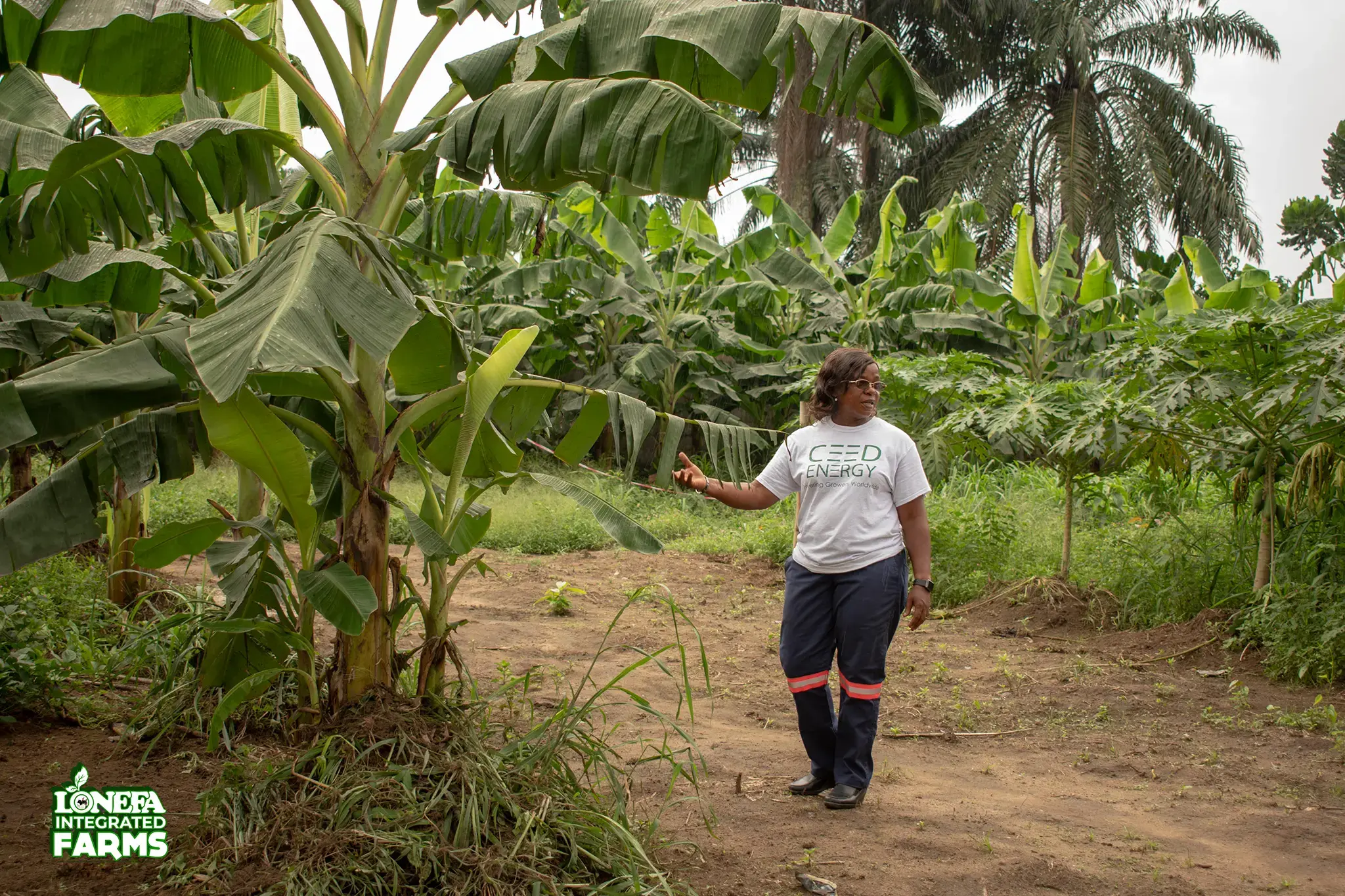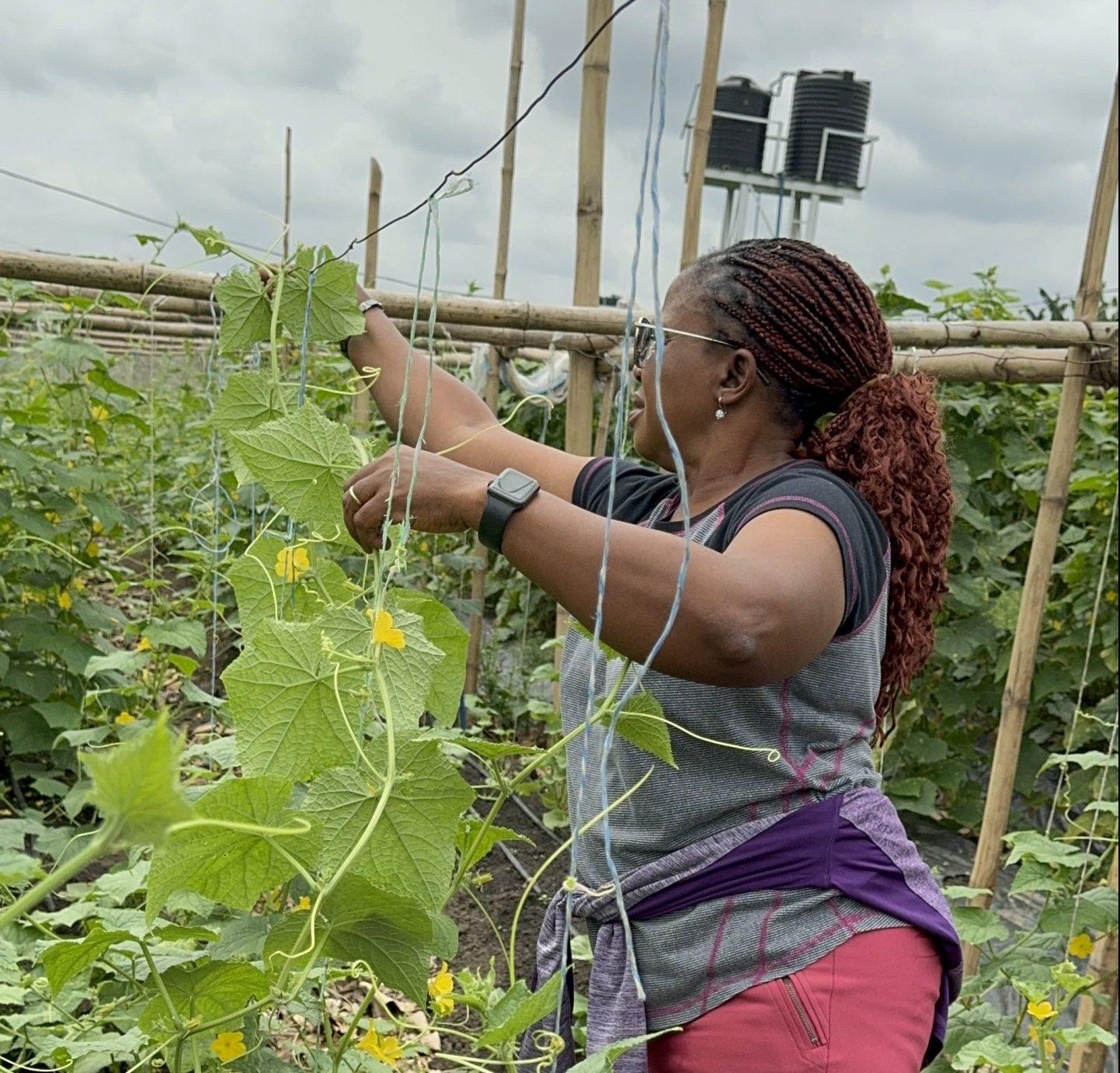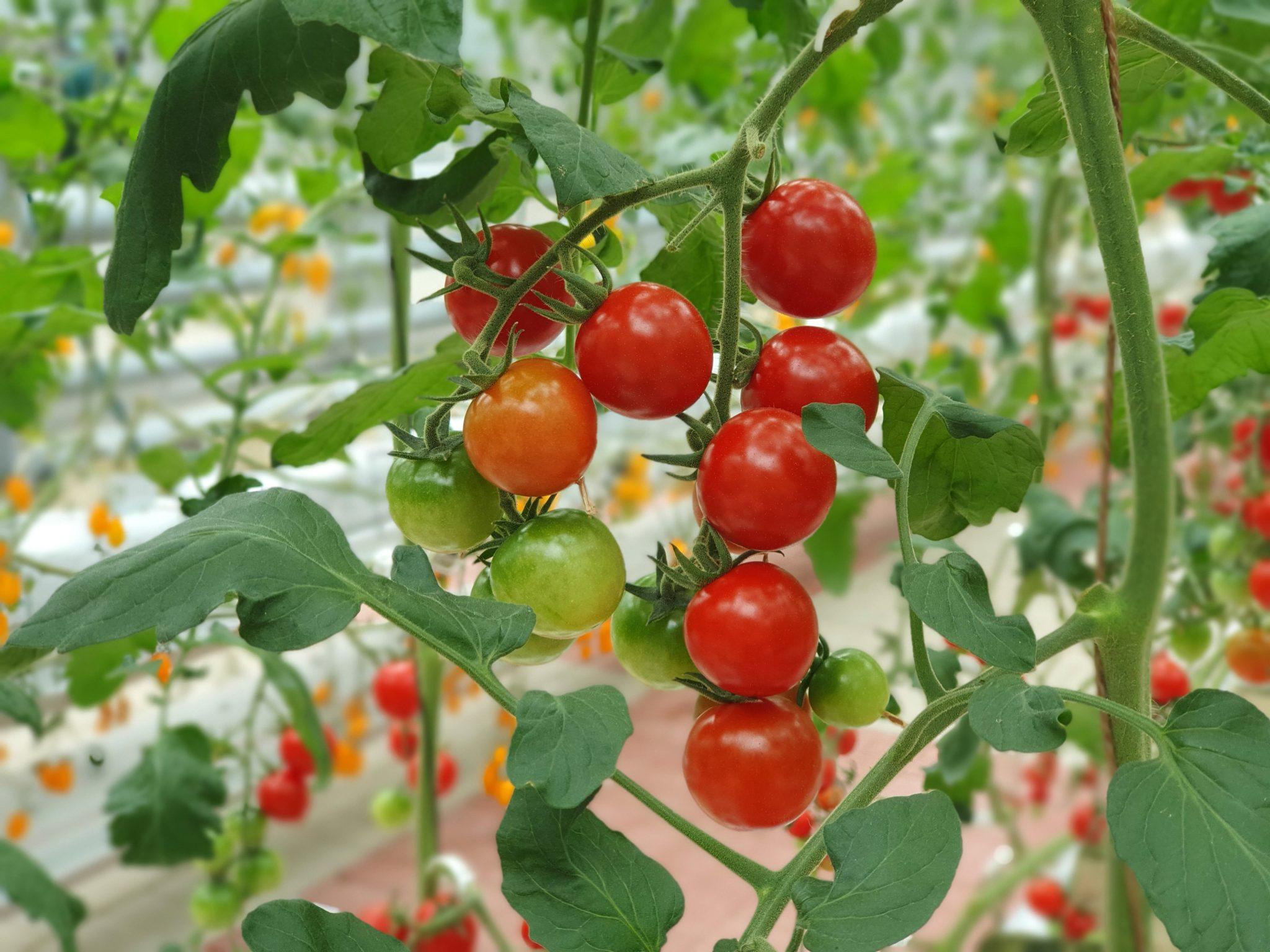GROWING LETTUCE: A BEGINNER’S GUIDE.
Lettuce, being a versatile and nutrient-rich vegetable, serves as a key ingredient in salads and various dishes. Growing lettuce at home proves to be not just rewarding but also remarkably straightforward. Whether you’re an experienced farmer or a novice, this all-encompassing guide will guide you through practical steps, ensuring a successful journey in cultivating and harvesting lettuce.

TEN STEPS FOR GROWING LETTUCE.
1. Selecting the Right Lettuce Varieties: Lettuce comes in various varieties, each with its own flavor, texture, and growth requirements. Consider factors such as your climate, available resources, and personal taste preferences when choosing lettuce varieties. Common types include Butterhead, Romaine, Looseleaf, and Iceberg lettuce.

2. Choosing the Ideal Growing Location: Lettuce thrives in cool temperatures, making it well-suited for the rainy planting season in Nigeria. Select a location that receives partial sunlight, as too much heat can cause lettuce to bolt, or go to seed prematurely. Ensure well-drained soil with plenty of organic matter and manure to promote healthy root development.
3. Preparing the Soil: Before planting, prepare the soil by incorporating compost or well-rotted manure. Lettuce prefers slightly acidic to neutral soil with a pH between 6.0 and 7.0. Loose, well-aerated soil will encourage strong root growth and prevent waterlogging.

4. Planting Lettuce Seeds: Lettuce can be grown from seeds or seedlings. If starting from seeds, sow them directly into a bed or containers. Plant the seeds at a shallow depth, covering them with a thin layer of soil. Adequate spacing is crucial to prevent overcrowding, which can lead to poor air circulation and disease.
5. Watering and Moisture Management: Lettuce requires consistent moisture to prevent the leaves from becoming bitter or developing a wilted appearance. Water the plants regularly, aiming for about 1 to 1.5 inches of water per week. Use a soaker hose or drip irrigation to keep the foliage dry and minimize the risk of fungal diseases.
6. Fertilizing Lettuce Plants: While lettuce doesn’t demand heavy fertilization, it benefits from a balanced, easily dissolvable fertilizer applied every 3-4 weeks. Avoid over-fertilizing, as excessive nitrogen can lead to rapid growth and a bitter taste in the leaves.
7. Thinning and Pruning: Once the lettuce seedlings have sprouted, thin them to ensure proper spacing. Thinning helps prevent competition for nutrients and promotes robust growth. As the lettuce plants mature, prune away any damaged or yellowing leaves to encourage the development of healthy, vibrant foliage.

8. Pest and Disease Management: Keep an eye out for common pests such as aphids and slugs. Use natural remedies like neem oil or introduce beneficial insects like ladybugs to control pest populations. Additionally, practicing good garden hygiene, such as removing debris and providing adequate air circulation, can prevent the onset of fungal diseases.
9. Harvesting Lettuce: Harvesting lettuce can begin when the leaves are large enough to eat. Use clean, sharp scissors to cut the leaves just above the soil surface, allowing the remaining plant to continue producing. Harvest in the morning for the freshest flavor.
10. Successive Planting: To enjoy a continuous harvest, consider successive planting. Sow new seeds every 2-3 weeks, ensuring a steady supply of fresh lettuce throughout the growing season.
Growing lettuce is a fulfilling, and straightforward process. By following these practical steps, you’ll be well on your way to cultivating a thriving lettuce garden. Enjoy the journey of nurturing your lettuce plants from seed to harvest.
At LONEFA, we grow Lettuce on a medium scale for commercial purposes. We also encourage individual small-scale lettuce farming practices as it contains vital nutrients. Young farmers who need technical help can contact us via our social media handles or can visit us at the farm.




